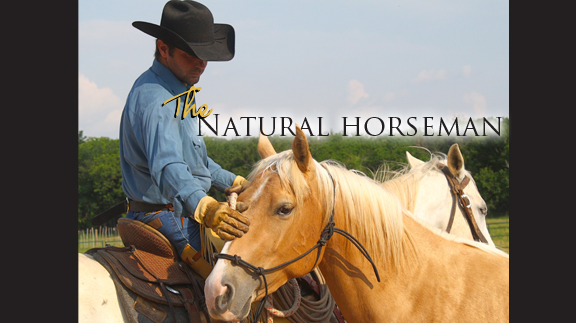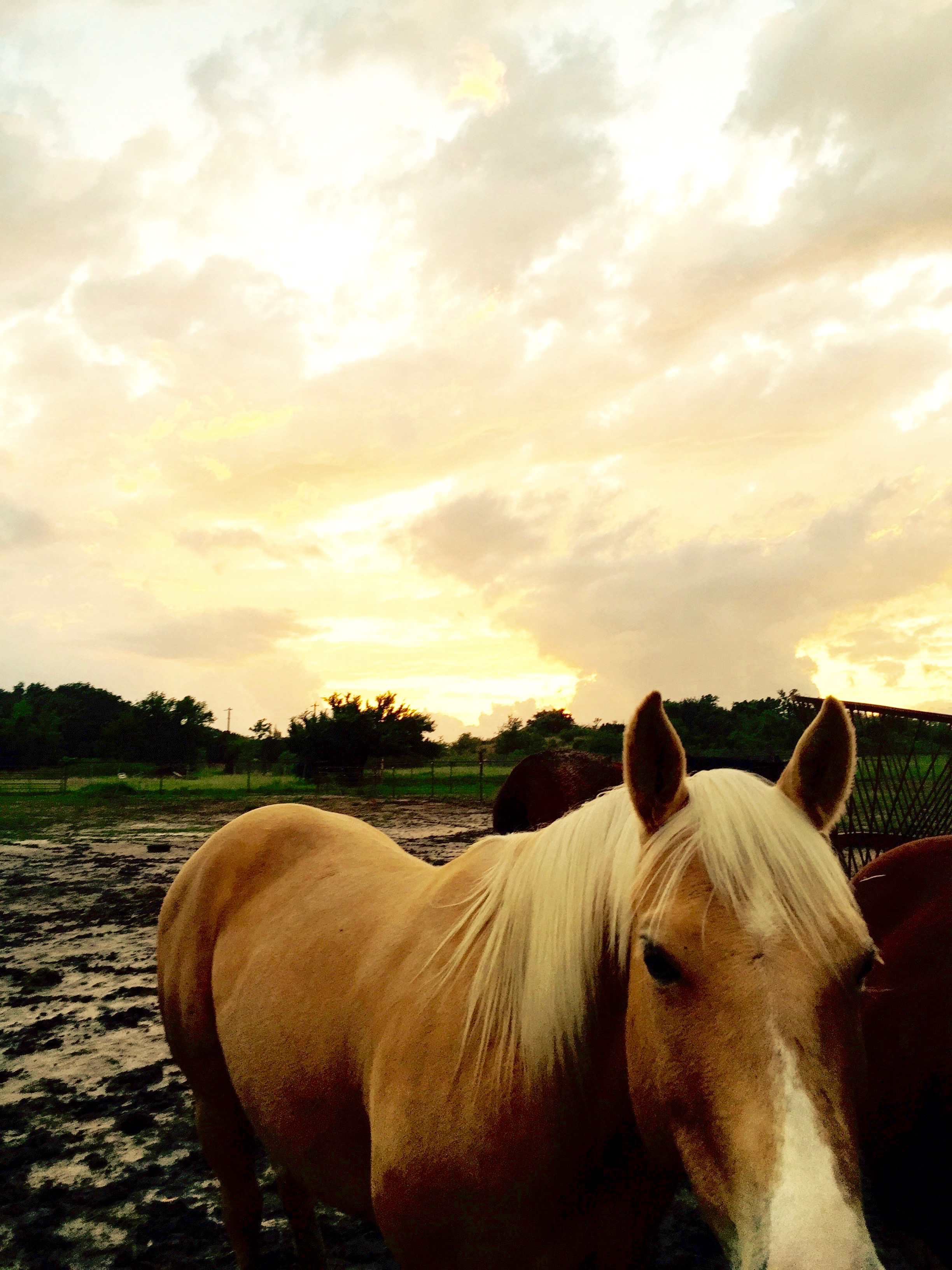HOME
The importance of consistency – The Natural Horseman

By Steve Stevens
Consistency is the secret to training horses. If you can’t be consistent, what can you do? This time of year, when it can rain every couple of days…when spring storms come as often as the mailman…what can we do? I think it is important to know how to get the most out of your time during inconsistency. For some, all you can do is the best you can do. We need to understand and allow our horses to make more mistakes during these time periods.

Wet conditions make it hard to stay consistent when riding your horse. (Photo courtesy of Steve Stevens)
We need to try not to get frustrated with the horse when he is only being worked every other couple of days. The best use of your time, I truly believe, is to find a patch of at least three days in a row. The first day you get the rust and edge off. The second, you start back on your training program. The third day, your horse will really be paying attention and ready to learn.
When you have one day of work, four days off, then two days on and three days off, et cetera, you never have the chance to get the best of the horse’s mind. If you really only have a day here and a day there, I think it is essential to focus on what is important. Really focus on foundation. Work more on the basics, like good stops and forward motion.
Don’t spend this valuable time working on tricks and flying lead changes. That will be there when you have time for more consistency. Lots of times, when we feel limited on time to train, we want to focus on the advanced. That would be like asking a sprinter to run the 100 meter dash without stretching. So what can happen when skipping the fundamentals is that we will push too hard and get into a fight with our horse. Then we lose more time trying to correct that.
Remember that when we are talking about the horse, we want to think ahead and set everything up for success. At the end of the day don’t beat yourself up about the limited time. Be fair to yourself and fair to your horse. And take advantage of every moment you have with your horse. Sometimes when time is limited we appreciate it more. In the words of one of my favorite country singers, Gary Allan- “Every storm runs out of rain.” Be Safe!
HOME
Preparing Spring Gardens

By Hannah Claxton | Editor
The North Texas area is located within USDA Hardiness zones seven and eight. The zones are categorized by predicted low temperatures for winter and timing of the first and last frosts.
Zone seven usually has winter low temps between 0 and 10 degrees F with the average date of the first frost falling between Oct. 29 and Nov. 15 and the average date of the last frost falling between March 22 and April 3.
Overall, these two zones have similar climates and growing conditions, making the options for timing and variety within a garden very similar.
In these zones, cool-season crops should go in the ground in March, meaning that soil preparation should start now.
To read more, pick up a copy of the January edition of North Texas Farm & Ranch magazine, available digitally and in print. To subscribe by mail, call 940-872-5922.

HOME
Equine Vaccinations

By Heather Lloyd
Vaccinations are a critical component of maintaining the health and well-being of horses, especially in environments where they are exposed to other animals, such as in the sport, show and performance arenas. Horses, like all animals, are susceptible to various infectious diseases that can spread quickly and cause serious harm.
A routine vaccination schedule helps prevent the spread of these diseases by preparing the horse’s immune system.
To read more, pick up a copy of the November edition of North Texas Farm & Ranch magazine, available digitally and in print. To subscribe by mail, call 940-872-5922.

HOME
Wichita Falls Area Cattlewomen

Having herds on a controlled breeding schedule means that we have a predictable calving schedule, and while it’s only over a couple of months, for us it does fall right after the start of the year. I lobby annually to call ours the “Winter calving season”, but I am outvoted and my husband still refers to it as Spring. Unlike producers in our Northern States, we don’t have to contend with brutally harsh winter weather, and on those rare times we do, thankfully it is not for extended periods. Regardless of whether you have a Spring or a Fall calving schedule, the health of a newborn calf begins with the mother’s health, and the mother’s health is largely dependent on the producer.
To read more, pick up a copy of the November edition of North Texas Farm & Ranch magazine, available digitally and in print. To subscribe by mail, call 940-872-5922.

-

 Country Lifestyles2 years ago
Country Lifestyles2 years agoScott & Stacey Schumacher: A Growth Mindset
-

 Country Lifestyles8 years ago
Country Lifestyles8 years agoStyle Your Profile – What your style cowboy hat says about you and new trends in 2017
-

 HOME8 years ago
HOME8 years agoGrazing North Texas – Wilman Lovegrass
-

 Outdoor10 years ago
Outdoor10 years agoButtercup or Primrose?
-

 Country Lifestyles5 years ago
Country Lifestyles5 years agoAmber Crawford, Breakaway Roper
-

 Equine1 year ago
Equine1 year agoThe Will to Win
-

 Country Lifestyles9 years ago
Country Lifestyles9 years agoJune 2016 Profile – The man behind the mic: Bob Tallman
-

 Country Lifestyles8 years ago
Country Lifestyles8 years agoDecember 2016 Profile, Rusty Riddle – The Riddle Way





